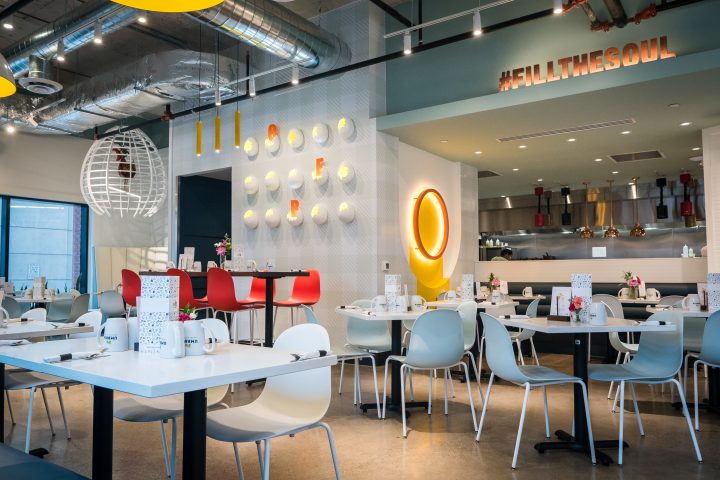Restaurant construction is an intricate process that involves various stages, from planning and design to execution and final touches. It requires careful attention to detail and expertise in order to create a space that is both functional and visually appealing. Whether it is a new construction or a renovation project, restaurant owners strive to create an environment that enhances the dining experience for their customers.
From selecting the right location and obtaining necessary permits to choosing the materials and equipment, every aspect of restaurant construction is vital for success. The layout should be carefully planned to optimize space utilization and workflow, ensuring efficient operations in the kitchen and dining areas. Additionally, attention should be given to the aesthetics of the space, with considerations for lighting, color schemes, and interior design elements that align with the restaurant’s brand identity. Ultimately, a well-constructed restaurant provides an inviting atmosphere for patrons to enjoy their meals while making a lasting impression on their overall dining experience.
Selecting the Right Location and Obtaining Necessary Permits
One of the first and most crucial steps in restaurant construction is selecting the right location. The location plays a significant role in the success of a restaurant, as it determines the level of visibility, accessibility, and potential customer base. Factors such as demographics, foot traffic, competition, and parking availability should all be considered during the location selection process. Additionally, obtaining necessary permits is essential to ensure that the restaurant construction project complies with local building codes and regulations. These permits may include zoning permits, health department permits, liquor licenses, and occupancy permits. It is important to factor in the commercial building cost per square foot when estimating the overall budget for the project.
Choosing Materials and Equipment
Another critical aspect of restaurant construction is selecting the right materials and equipment. The choice of materials should not only be aesthetically pleasing but also durable and easy to maintain. For example, high-quality flooring materials that can withstand heavy foot traffic are necessary for dining areas, while commercial-grade kitchen equipment is essential for efficient food preparation. The materials and equipment should also align with the restaurant’s brand image and concept. For instance, a fine dining restaurant may opt for luxurious finishes and high-end equipment, while a casual eatery may choose more affordable options. By considering both functionality and design, restaurant owners can create a space that is not only visually appealing but also conducive to seamless operations.
In conclusion, restaurant construction requires careful planning, attention to detail, and expertise to create a space that is both functional and visually appealing. From selecting the right location and obtaining necessary permits to choosing the appropriate materials and equipment, every aspect of the construction process is vital for success. By focusing on optimizing space utilization, workflow, and aesthetics, restaurant owners can create an inviting atmosphere that enhances the overall dining experience for their customers. Ultimately, a well-constructed restaurant leaves a lasting impression on patrons and contributes to the success of the business.
